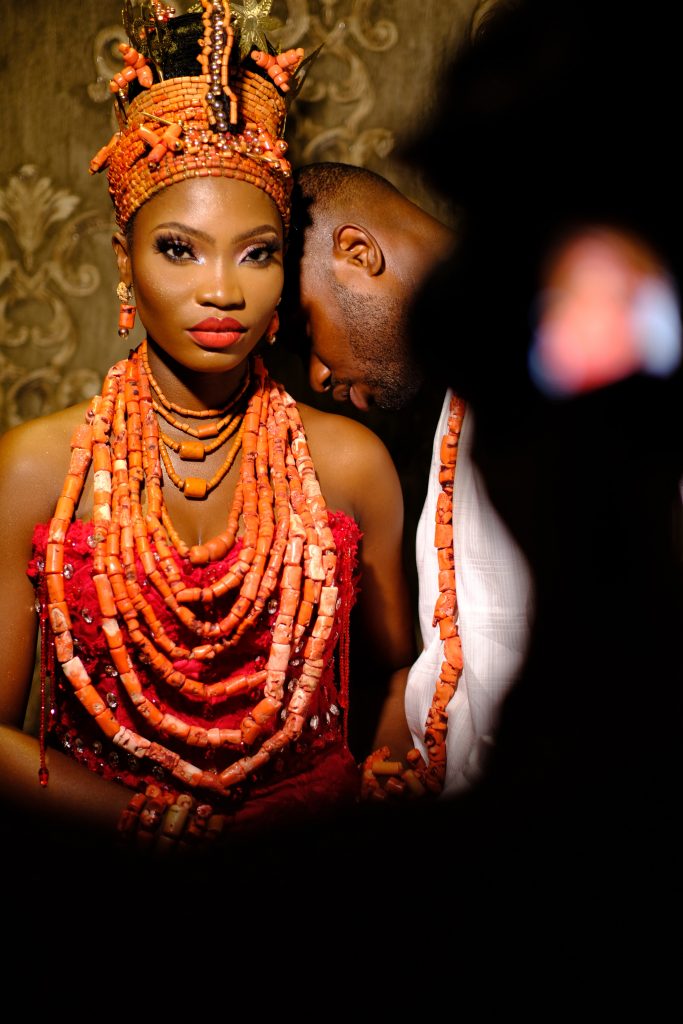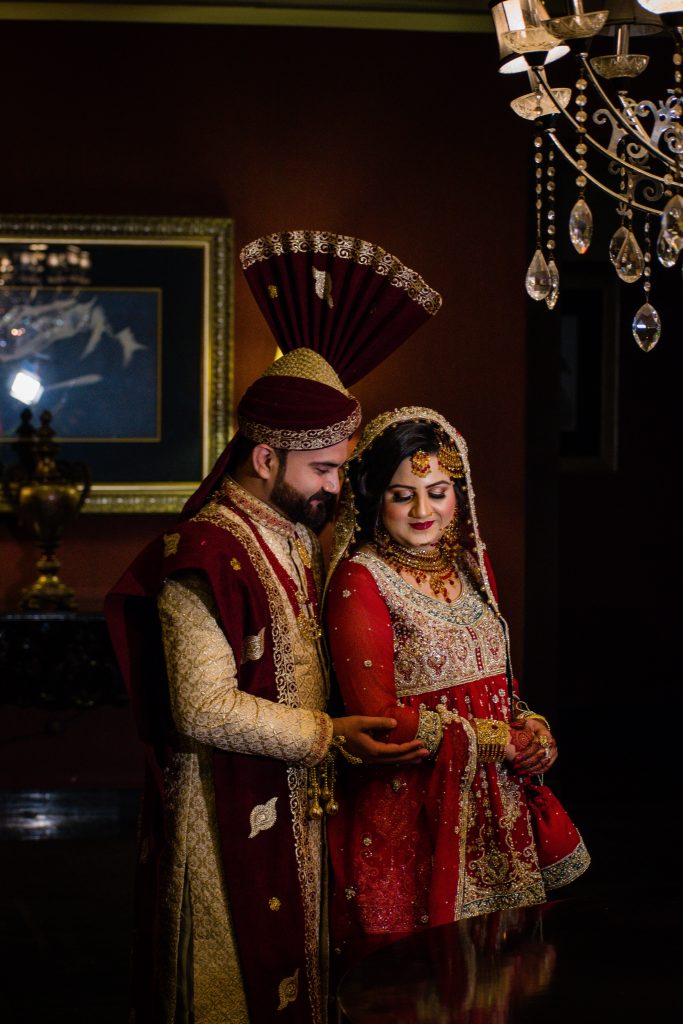Marriage. For better or for worse. ’Til … no dowry do us part.
The practice of giving dowry and bride price is seemingly as old as the universe. These two customs are still present primarily in Asian and African cultures and are still seen as crucial steps for the merging of families when two people enter a marriage.
Bride price and dowry are essentially similar, with the only distinction being that the former is paid from the prospective groom to the family of the bride, and the latter is from the bride’s family to the groom’s side. On both occasions, the offerings usually include transfers of property, land, money, clothing, household goods, or livestock.
In cultures that still practice these traditions, dowry is seen as giving a woman some entitlement in the marriage because she is bringing tangible goods into the marriage, and therefore has to be considered an equal member of her new family. The bride’s price is seen as “compensation” from the man’s family to the bride’s, for all the expenses spent on her care, education, and general upbringing.
Given that the two practices are so similar, many countries tend to use the terms interchangeably.
In Africa
Before the arrival of white weddings, bride price was the only symbolic way to get married in many parts of Africa. Likewise, it is still viewed as “permission” from the bride’s family to marry in a church or civil ceremony.

In many cultures, a marriage is considered invalid if the bride price has not been paid. What’s more, some folks go as far as denying the man any rights over children born from a marriage in which the bride price was not paid.
In Asia
In parts of China, bride price – known as Pin Li or Pin Cai – has been practiced since ancient times. This tradition originated from the Chinese belief that when a daughter gets married, she is leaving her family while her new in-laws receive her into theirs. So, just like in other cultures, Pin Li symbolizes a bride’s value to the groom’s family.
Whereas China has bride price, India has dowries. In India, a bride pays dowry to the groom’s family.

In many African cultures, bride price is given with the firm expectation that the woman is fertile, will give the man an heir, and will be a source of labor. If this fails to happen, it could result in mistreatment of the bride and even a demand that the bride price is paid back.
It has also been criticized for being an “enrichment scheme” for the bride’s family as well as a sexist way to commoditize a woman as transferable property.
Duō Shao Qián?
The spectacle and demands of some bride price ceremonies can be truly jaw-dropping. These are a few of the biggest dowry and bride price bargaining “show-stoppers.”
- A Dinka woman from South Sudan is considered to have one of the highest bride prices in the world (never mind that the country is one of the poorest). Nyalong Ngong Deng broke a bride price record when, aged just 17 and still a virgin, she attracted over six suitors who each gave mouth-watering proposals to ask her hand in marriage. In the end, a Mr. Kok Alat was declared the “winner,” after giving her family 520 cows and three V8 cars as part of her bride price.

17-year-old Nyalong Ngong Deng with her highest bidder -aka husband – Kok Alat
- The Igbo woman from Nigeria is not cheap either. The bride’s family usually creates a list of what they expect from the groom-to-be. To collect this list, you need to first pay up to RMB 6,480. Yes, that’s only for the LIST (the ink and paper). One can only imagine what the actual bride price amounts to. The higher the bride’s educational and professional status, the higher the price.
- In some provinces across China, hard cash is the preferred bride price payment and they expect no less than RMB 100,000 before someone can marry.
- The Zulu people from South Africa call it Lobola and it is expensive. The amount largely depends on the bride’s level of education and she can end up costing several cows or more than RMB 32,400.
- When it comes to the Buganda tribe in Uganda (my tribe), bride price ceremonies are hefty affairs. As in most cultures, it is used to represent a small token of appreciation from the groom’s family to the bride’s. These days, many of the ceremonies are over-the-top lavish affairs with offers of herds of cattle, goats, cars, money, household items, and even houses. These occasions have become a oneupmanship show of wealth rather than a simple expression of love.
- In some families in Zimbabwe, bride price has become a way of escaping poverty, with demands for huge sums of money from the in-laws.
- In Somalia, some brides refuse to get married until they see gleaming gold and other expensive household items.
Good or Bad
It started as a simple, symbolic gesture, but over the centuries, bride price and dowry have come to symbolize a much more sinister “scheme.”
In India for example, where dowries are preferred to bride price, a female child is seen as a burden on a family because of the financial savings the family has to bear in order to pay dowry to her future husband’s family. It isn’t unheard of for parents to sell off houses, land, or borrow from the bank in order to afford a daughter’s dowry. And even then, if the groom’s family deems the dowry inadequate, the bride may endure brutal beatings or worse. Tragically, many girls are killed at birth because of the financial encumbrance they represent to their families.
Seeking a dowry has been outlawed in India since 1961 but it is still very much practiced. China has also introduced caps on dowry payments although many in rural areas still demand exorbitant amounts of cash and property.
There’s little wonder that the cost involved in getting married has put many young men off marriage altogether.
When it came to my own wedding, we didn’t have a traditional wedding. We were married by a priest, in a simple ceremony in front of our family and friends. My husband is often reminded that he still owes my family MANY cows, goats, and other goods…
Well, they will be waiting – until the cows come home (no pun intended).
KEEP READING: WATCH | What Drinks Contain Alcohol and Can Kids Buy it Unsupervised?
Images: Unsplash, Pexels




